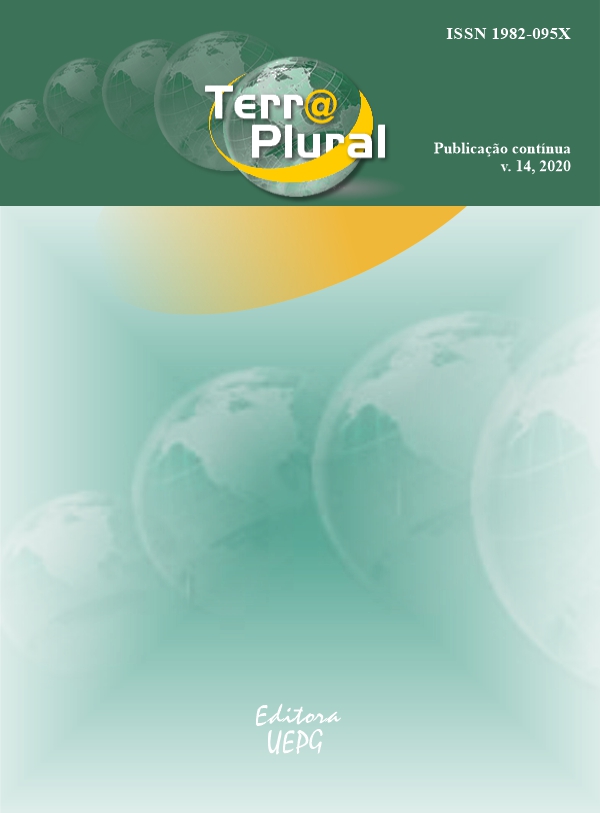Urban tree relating to urban infrastructure in Almenara, MG, Brazil
Keywords:
Urbanization, afforestation, mobility, urban planningAbstract
Afforestation promotes environmental benefits, but a lack of planning can promote urban conflicts. This research evaluated afforestation and diagnosed the possible conflicts between trees and urban infrastructure in eight neighborhoods of Almenara, MG. Conflicts with the power grid, building, and the traffic of people and vehicles were identified. There were 2,038 trees belonging to 61 species, 61% exotic. The most uncomfortable situations for urban mobility were trees positioned on the street bed (56%), sidewalks with a width of less than 1.90 m (74%), and an average height of the first fork below 1.80 m, among others. It was observed that the population needs guidance regarding their participation in the management of the city's trees. Thus, this diagnosis may help support the review of the city's Master Plan and the creation of a future urban afforestation management plan in the municipality.
Downloads
Downloads
Published
How to Cite
Issue
Section
License
Revista Terr@ Plural will obtain the auctorial rights for all published texts. This also implies that the text can be published anywhere in the world, including all rights on renewal, expansion, and dissemination of the contribution, as well as other subsidiary rights. The authors get permission to publish the contribution in other media, printed or digital, it may be in Portuguese or translation since the publication is credited to Revista Terr@ Plural. It allows the self-archiving of published articles in institutional repositories, thematic repositories, or personal web pages in the pdf version downloaded from the journal's site.















